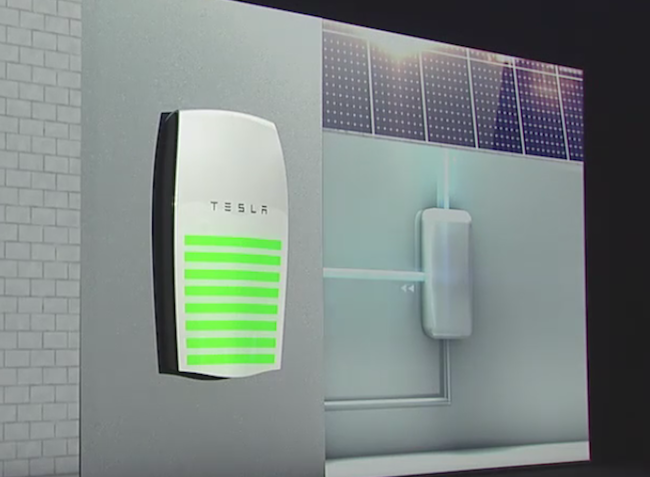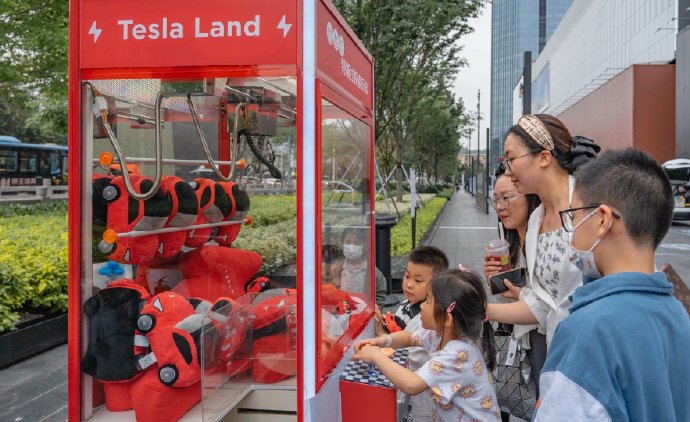

The table below includes some important Powerwall specs to keep in mind, as well as the industry standards for each for a quick comparison. My Tesla Powerwall system installed in NY. The app also shows information about your panel production and grid usage, providing an all-in-one solution for solar monitoring. I should mention that you can use the Tesla app to monitor your battery charge, allocate the power in there for backup power during blackouts or for providing power when your panels aren’t producing, and keep an eye on usage over time. Best of all, you never have to touch your Powerwalls they offer power to your home automatically. If you have panels and at least one Powerwall installed, you can run your home off of active solar energy being collected by your panels or with energy stored in your Powerwall that was collected when the sun was shining. Allowing a panels-only setup to power your home in that case would put those working on power lines at risk of severe electric shock.

Importantly, if you only have solar panels installed on your home, you cannot “go off grid” and receive solar energy from the panels, even if they’re receiving ample sunlight. The battery can also be used to provide “backup solar energy” to power your home off-grid, even when the sun isn’t shining on your panels. That means you can maintain power even if your area loses electricity, and the switch to off-grid use is seamless.

The Powerwall acts as a backup generator, providing stored power to your home in the event of a blackout. It’s likely that the test regime works better for lithium-ion batteries than for lead-acid, for example.Watch LeafScore EV and solar researcher, Dan Simms, share his first-hand experience with the Tesla Powerwall.
#Tesla solar batteries review trial
The trial has also demonstrated how difficult it is to devise a single test regime that covers several different battery chemistries, as they each have different performance limitations. (Learn more about inverters in our solar inverter buying guide.) Integrating batteries with suitable inverters also proved problematic in many cases, in particular with the battery-inverter communications interface. The industry has already matured significantly since the battery test began and we expect this will continue, and new entrants and new technologies are also appearing. This illustrates how new this technology and industry is. Some models are no longer available, as companies collapsed or withdrew from the battery market. Not the least is that several batteries developed faults and had to be removed or replaced. The battery trial encountered a number of technical challenges. Possibly the major lesson for CHOICE is that running a battery test is just as challenging and fraught with unexpected outcomes as we thought, and we’re very glad ITP did it instead. Several batteries performed reliably and look likely to meet their claims. Solar storage is a rapidly evolving technology and industry, with some battery companies having collapsed or exited the industry already. Key findings from the solar battery trial Here’s a summary of results from the three-year trial. Batteries from Tesla, LG Chem, Alpha ESS and others were put to the test by ITP Renewables, and not all survived. If you’ve got solar panels on your home, or you’re considering getting them, then you’re probably wondering if you should get a storage battery as well – and if so, which one is best?Īn independent trial of 18 solar power batteries has been running in Canberra since 2016 to see how well they meet their performance claims over time. An independent trial compared 18 batteries in lab conditions, and not all survived.


 0 kommentar(er)
0 kommentar(er)
